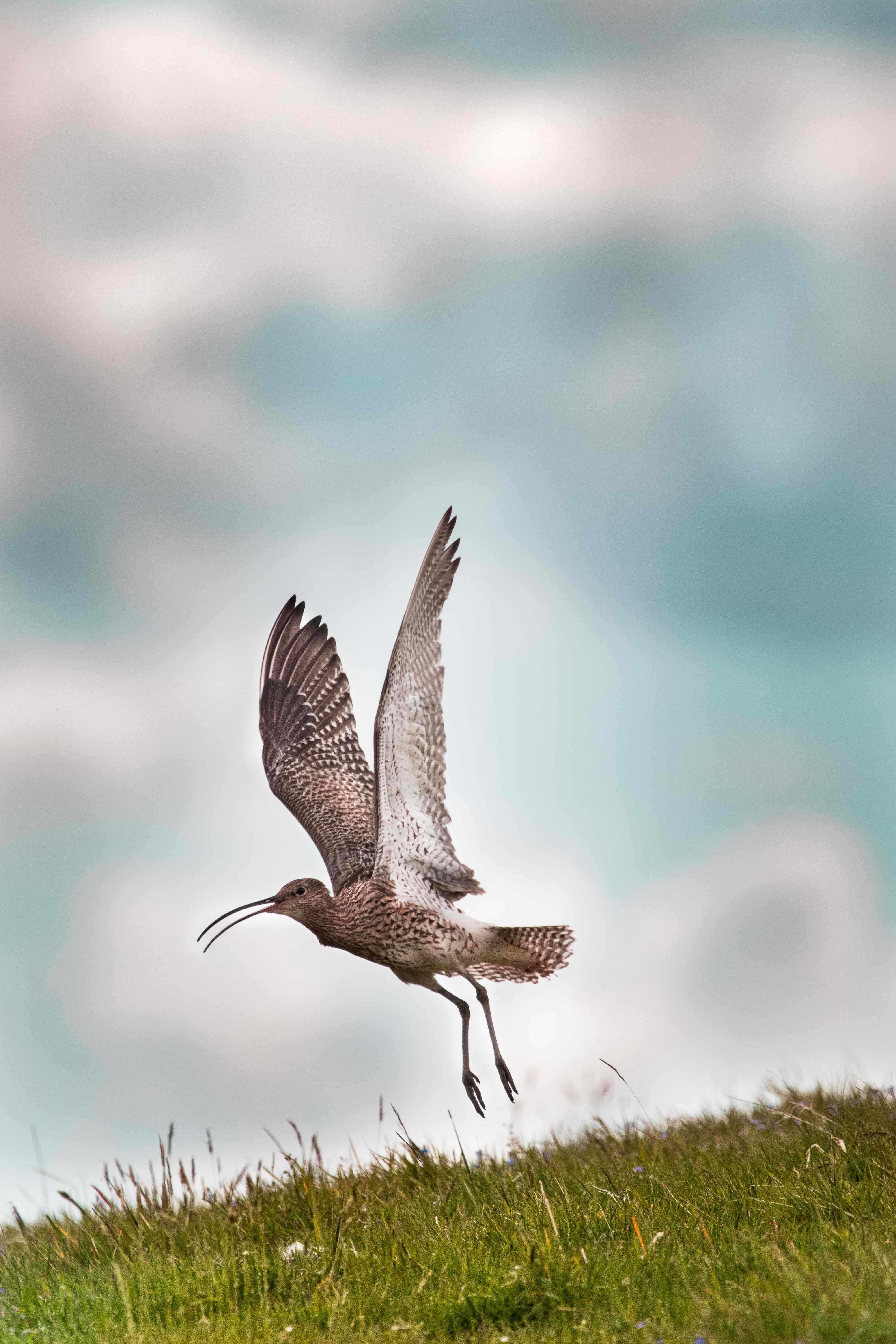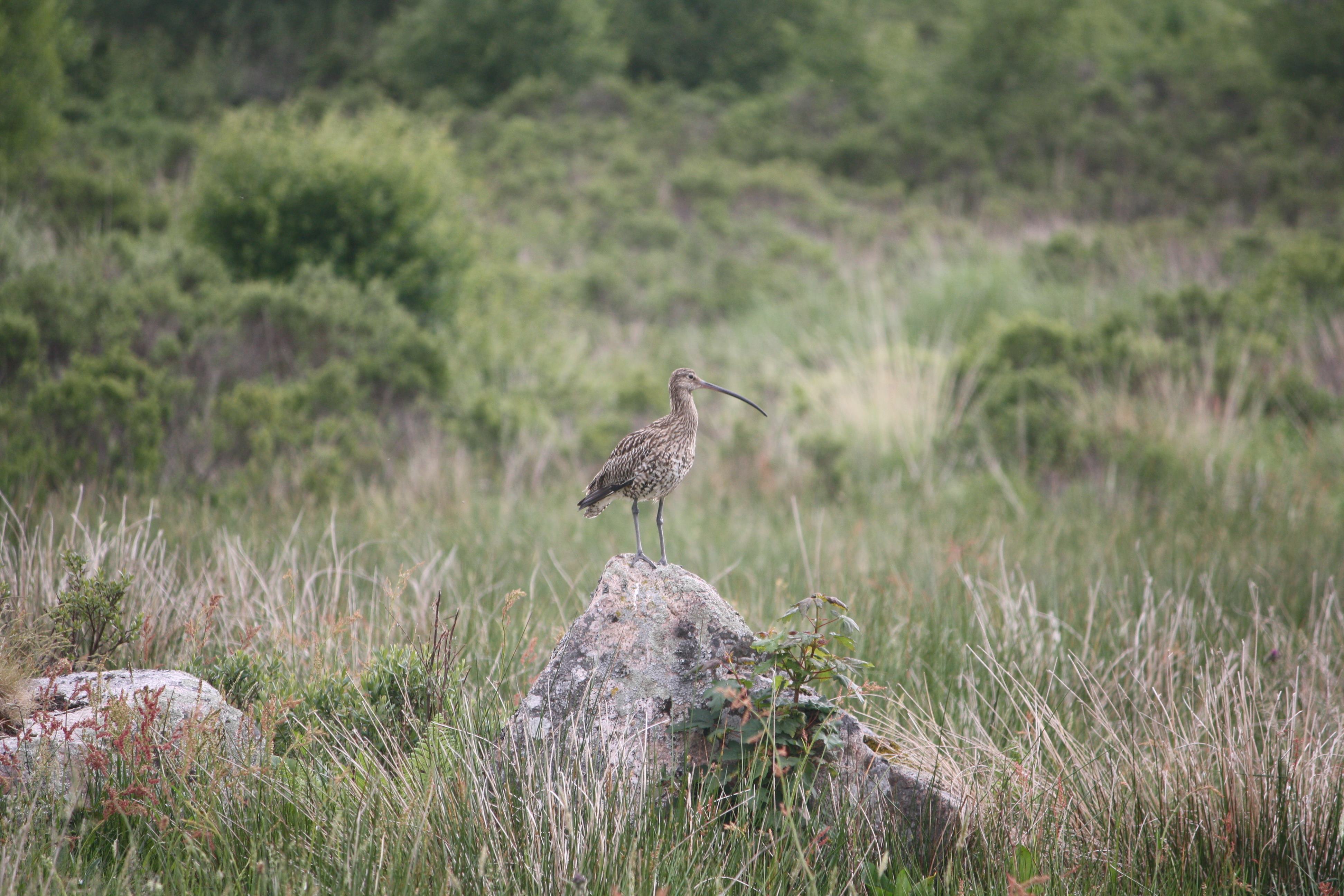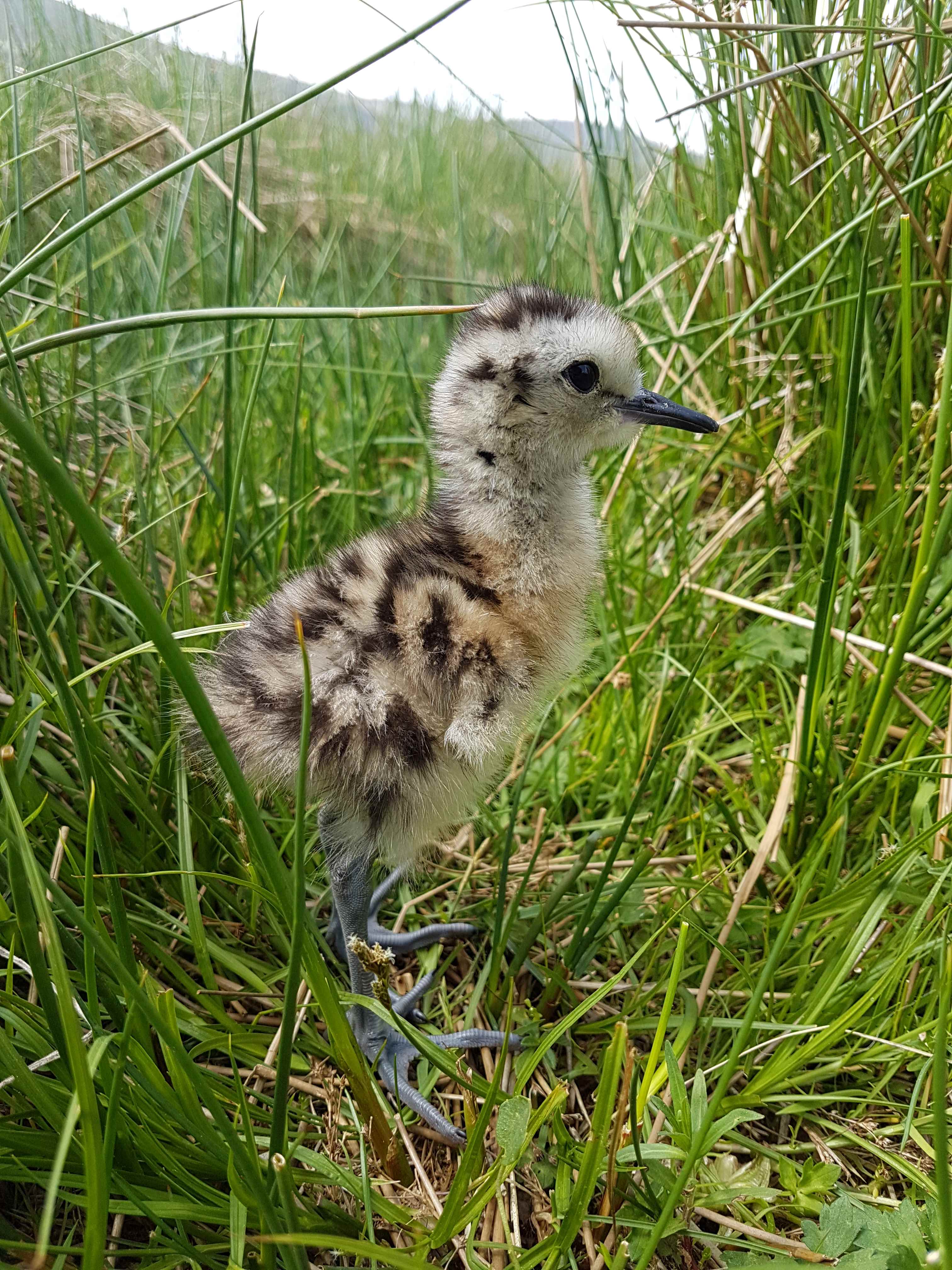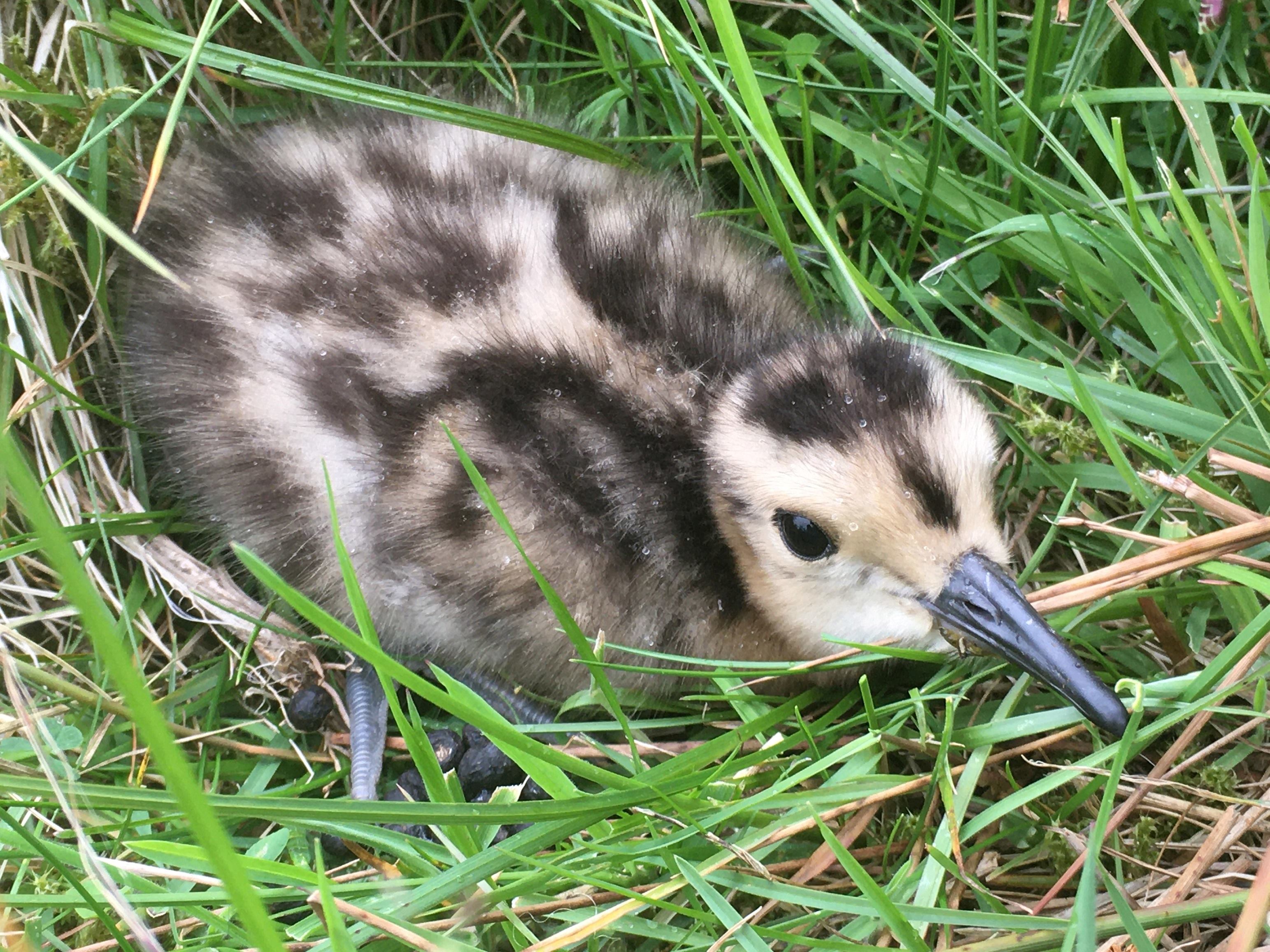New study shows grouse moor management is helping to slow curlew decline
“This study shows that the provision of suitable habitat alone is insufficient to prevent the decline of the curlew," said Dr Dave Baines, GWCT.
Breeding curlews are raising four times as many chicks on the UK’s grouse moors, compared to similar unmanaged moorland sites, a new peer-reviewed scientific study by the Game and Wildlife Conservation Trust (GWCT) has found.
The research shows that in addition to maintaining healthy numbers of curlew, grouse moor management can provide a surplus of fledglings potentially aiding species recovery.
Curlew reared 1.05 fledglings per pair on grouse moors, almost double the rate of 0.5 – 0.6 needed to keep numbers stable. In contrast, on nearby non-grouse moors they only fledged 0.27 chicks per pair, well below that break-even point.
This is against a backdrop of the UK curlew population’s steady decline since the 1990s. Around a quarter of the world’s curlew breed here. However, since 1990 that population has halved, significantly impacting global numbers. The species has IUCN Near Threatened status and is red-listed in the UK.
Researchers also found that other wading birds, such as lapwings, golden plovers, oystercatchers and redshanks, benefited and raised more chicks on sites where predator control was in place as part of grouse management.
Director of Upland Research Dr Dave Baines who led the project said: “This study shows that the provision of suitable habitat alone is insufficient to prevent the decline of the curlew, which is threatened with extinction in many parts of the UK.
"By providing adequate control of generalist avian and mammalian predators alongside suitable habitat, grouse moor management not only maintains stable numbers of curlew and other waders, but also increases their productivity to the point of generating a surplus.
"In contrast, the control sites used in the comparative study, which had similar habitat but lacked predation management, saw continued declines.”
Findings
The team of scientists found that twice as many waders, on average four species, were recorded on grouse moors, compared to non-grouse moors, where on average three species were seen. Redshank and golden plover were found on half of the grouse moors studied, but only on 20% of non-grouse moors.
On grouse moors, it was estimated that two thirds of curlew pairs successfully hatched chicks, compared to just 17% of pairs on non-grouse moors.
They also found that, whilst habitat measures varied between sites in different regions, they showed no significant differences between grouse moors and non-grouse moors in the same block.
The study suggests that without predator control on UK grouse moors, and specifically the control of foxes and corvids, national curlew declines would have been more severe. In addition to loss of habitat and changes in farming methods, reduced breeding success due to egg and chick predation is a limiting factor on curlew recovery.
Using satellite images
Scientists surveyed 18 pairs of sites on moorland and moor-edge farmland across North Wales, northern England, the Scottish Borders and the Scottish Highlands over the breeding season.
The team recorded the number, location, and behaviour of all breeding waders on five separate visits during different stages of the breeding season: pre-nesting, incubation and chick-rearing.
They also used satellite imagery to estimate the proportion of different habitat types within each site, and measured vegetation height and composition, together with the level of grazing by cows and sheep.
The numbers of corvid, gull, and raptor species seen on each site visit were also recorded, and fox scats were counted along tracks and paths to estimate fox activity.
Almost 900 pairs of waders were recorded, of which almost half were curlew, a quarter were lapwing, and the remaining quarter comprised of snipe, oystercatcher, golden plover, and redshank.
The study was published in the European Journal of Wildlife Research.
Ends
Notes for editors:
- A grouse moor: A moorland managed for grouse shooting where generalist predators such as foxes, stoats, rats, weasels and corvids are legally controlled all year round by full-time gamekeepers.
- A non-grouse moor: Another site with similar habitat, but without gamekeepers and where predators are not controlled.
This research was funded by the G & K Boyes Charitable Trust, which supports charitable organisations with a focus on education, training, advancement of health or saving lives, arts, culture, heritage, science, environment and conservation.
The Game and Wildlife Conservation Trust – providing research-led conservation for a thriving countryside. The GWCT is an independent wildlife conservation charity which has carried out scientific research into Britain’s game and wildlife since the 1930s. We advise farmers and landowners on improving wildlife habitats. We employ 22 post-doctoral scientists and 50 other research staff with expertise in areas such as birds, insects, mammals, farming, fish and statistics. We undertake our own research as well as projects funded by contract and grant-aid from Government and private bodies.
Press release distributed by Pressat on behalf of Game & Wildlife Conservation Trust, on Tuesday 8 August, 2023. For more information subscribe and follow https://pressat.co.uk/
Curlew Grouse Moor Waders Wading Birds Predator Control Game And Wildlife Conservation Trust GWCT Moorland Nesting G&K Boyes Charitable Trust Charities & non-profits Environment & Nature Farming & Animals
You just read:
New study shows grouse moor management is helping to slow curlew decline
News from this source:





